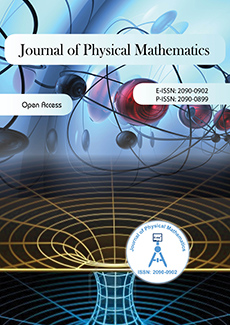Abstract
The auxiliary field method is a new technique to obtain closed formulae for the solutions of eigenequations in quantum mechanics. The idea is to replace a Hamiltonian $H$ for which analytical solutions are not known by another one $\tilde H$, including one or more auxiliary fields, for which they are known. For instance, a potential $V(r)$ not solvable is replaced by another one $P(r)$ more familiar, or a semirelativistic kinetic part is replaced by an equivalent nonrelativistic one. If the auxiliary fields are eliminated by an extremization procedure, the Hamiltonian $\tilde H$ reduces to Hamiltonian $H$. The approximation comes from the replacement of these fields by pure real constants. The approximant solutions for $H$, eigenvalues and eigenfunctions, are then obtained by the solutions of $\tilde H$ in which the auxiliary parameters are eliminated by an extremization procedure for the eigenenergies, which takes the form of a transcendental equation to solve. If $H=T(\mathbf{p})+V(r)$ and if $P(r)$ is a power law, the approximate eigenvalues can be written $T(p_0)+V(r_0)$, where the mean impulsion $p_0$ is a function of the mean distance $r_0$ and where $r_0$ is determined by an equation which is linked to the generalized virial theorem. The general properties of the method are studied and the connections with the envelope theory presented. Its mean field and (anti)variational characters are also discussed. This method is first applied to nonrelativistic and semirelativistic two-body systems, with a great variety of potentials (sum of power laws, logarithm, exponential, square root). Closed formulae are produced for energies, eigenstates, various observables, and critical constants (when it is relevant), with sometimes a very good accuracy. The method is then used to solve nonrelativistic and semirelativistic many-body systems with one-body and two-body interactions. For such cases, analytical solutions can only be obtained for systems of identical particles, but several systems of interest for atomic and hadronic physics are studied. General results concerning the many-body critical constants are presented, as well as duality relations existing between approximate and exact eigenvalues.
Citation
Fabien Buisseret. Claude Semay. Bernard Silvestre-Brac. "The Auxiliary Field Method in Quantum Mechanics." J. Phys. Math. 4 1 - 82, October 2012. https://doi.org/10.4303/jpm/P120601
Information




